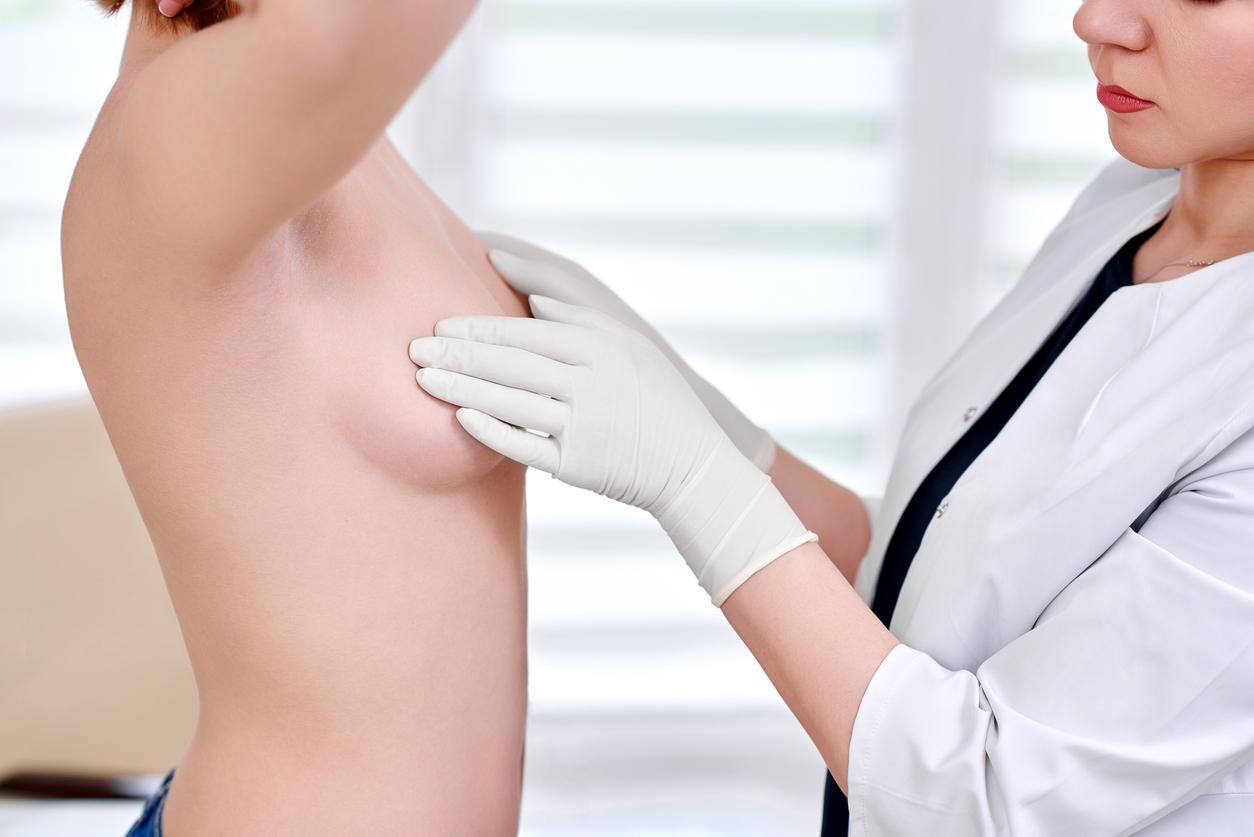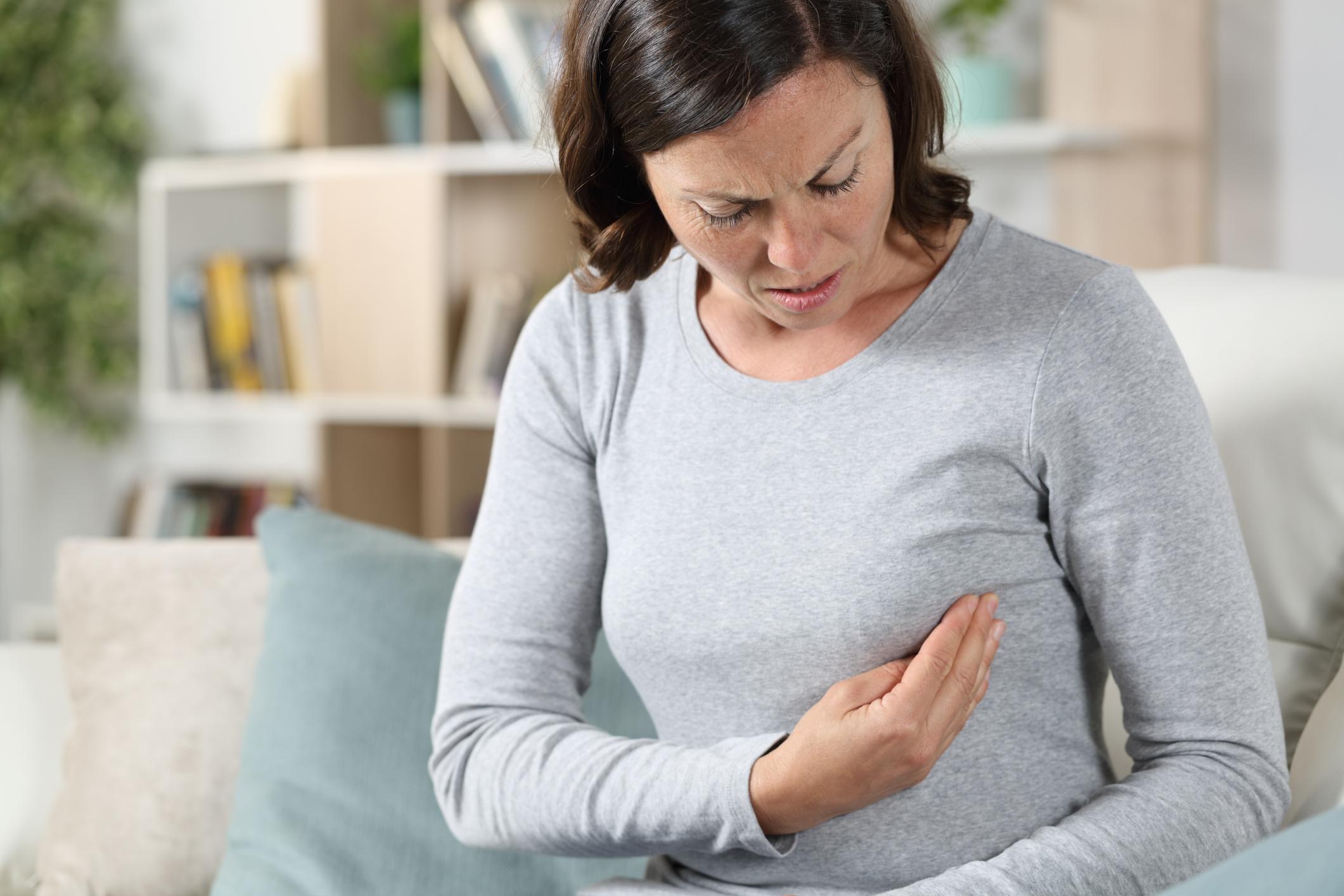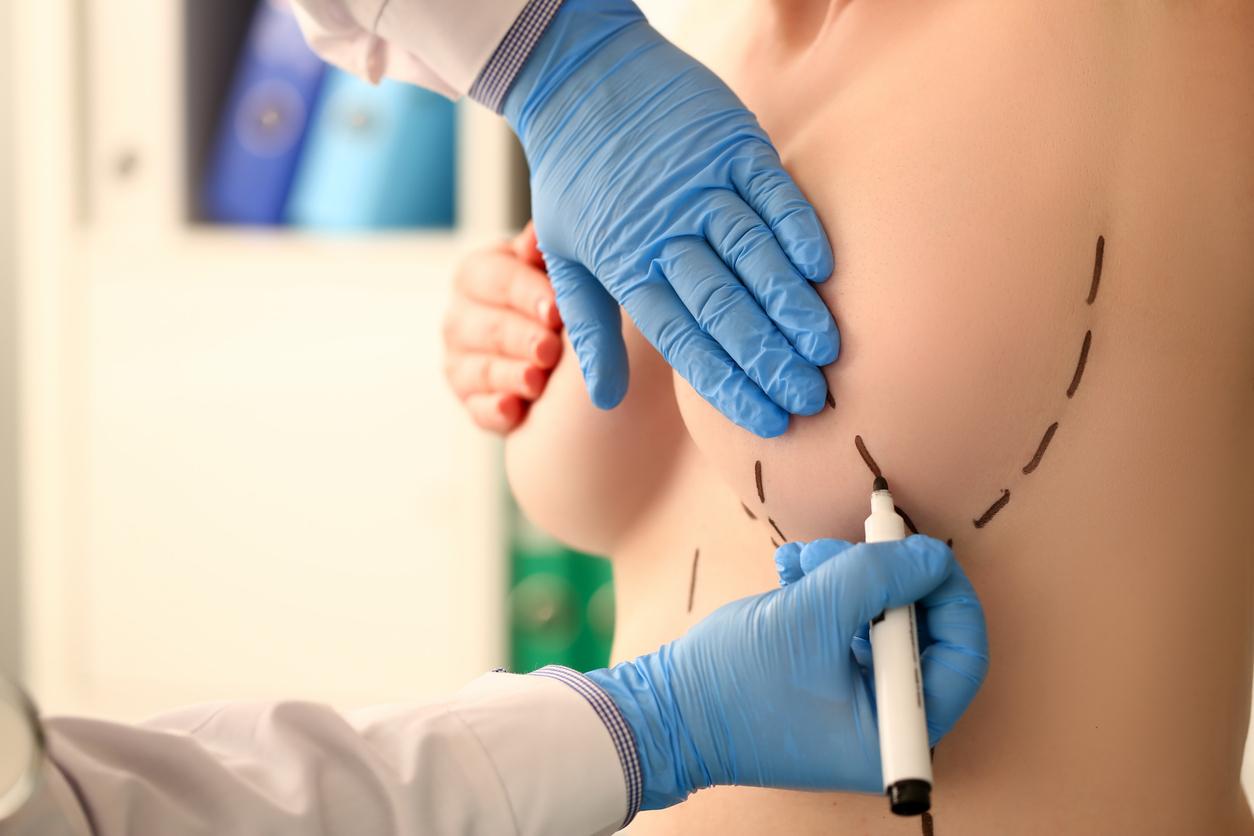A system was developed by a Dutch team to alleviate the pain of a mammogram in many women.

Getting a mammogram is not easy for most women. In order for the image to be usable and for the dose of radiation used to be reduced, the device must strongly squeeze the breast. Often extremely painful pressure for patients who are sometimes reluctant to come back for another examination. A study published in One study shows that, among the women who did not return for their second mammogram, 46% cited the pain of the examination as the reason.
To get around this major barrier to screening, a Dutch team has developed a mammography system that is expected to change women’s lives. “Medical radiology technicians can only estimate the pressure on the breast by relying on both the strength of the machine and the visual and tactile appearance of the breast”, according to Woutjan Branderhorst, researcher in the engineering department of the Amsterdam Academic Medical Center and which will present its new system on Sunday at the annual meeting of the radiological society of north america. Moreover, the measurement of the force of the machine cannot give a good indication of the pain of the patient because “what she feels is not a force but a pressure”.
Because not all women have the same size or density of breasts, the examination does not cause the same pain for all women. A woman with small breasts could thus feel more pain because the same force of the machine will be exerted on a smaller surface.
The new system, which can be installed on existing devices, makes it possible to measure and display in real time what pressure the woman really feels during her examination. And the results are rather encouraging: the 433 Dutch women tested declared that they felt 10 to 24% less pain thanks to the new system, and “severe pain” even decreased by 46%, without interfering with the quality of the image. .
An innovation that could encourage women – scalded by their first experience – to be tested again. In France, two thirds of women aged 50 to 74 had been tested in 2012.
.















